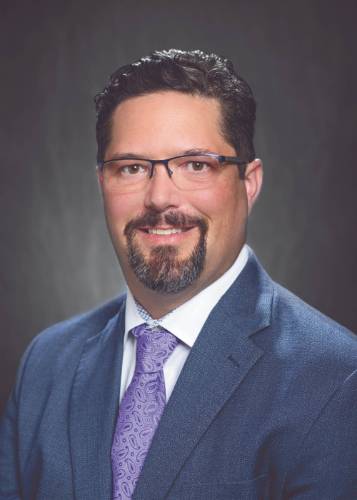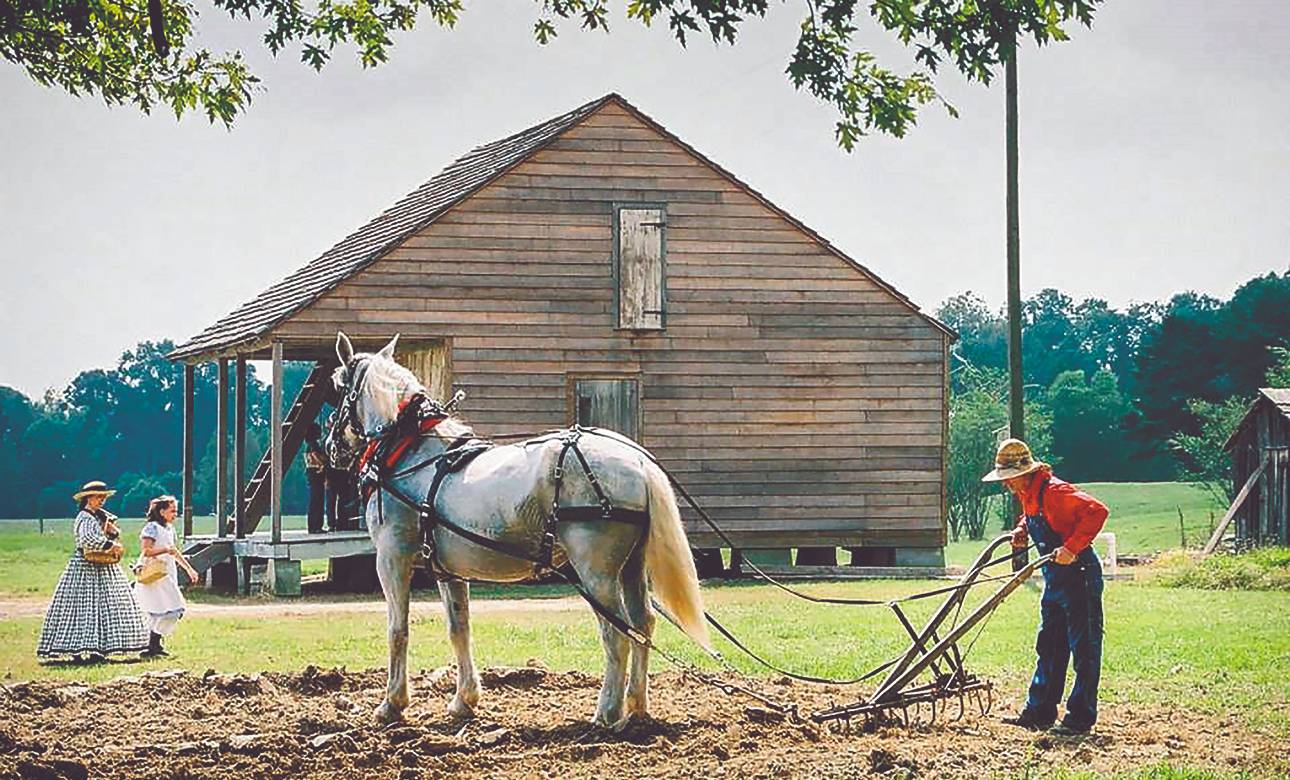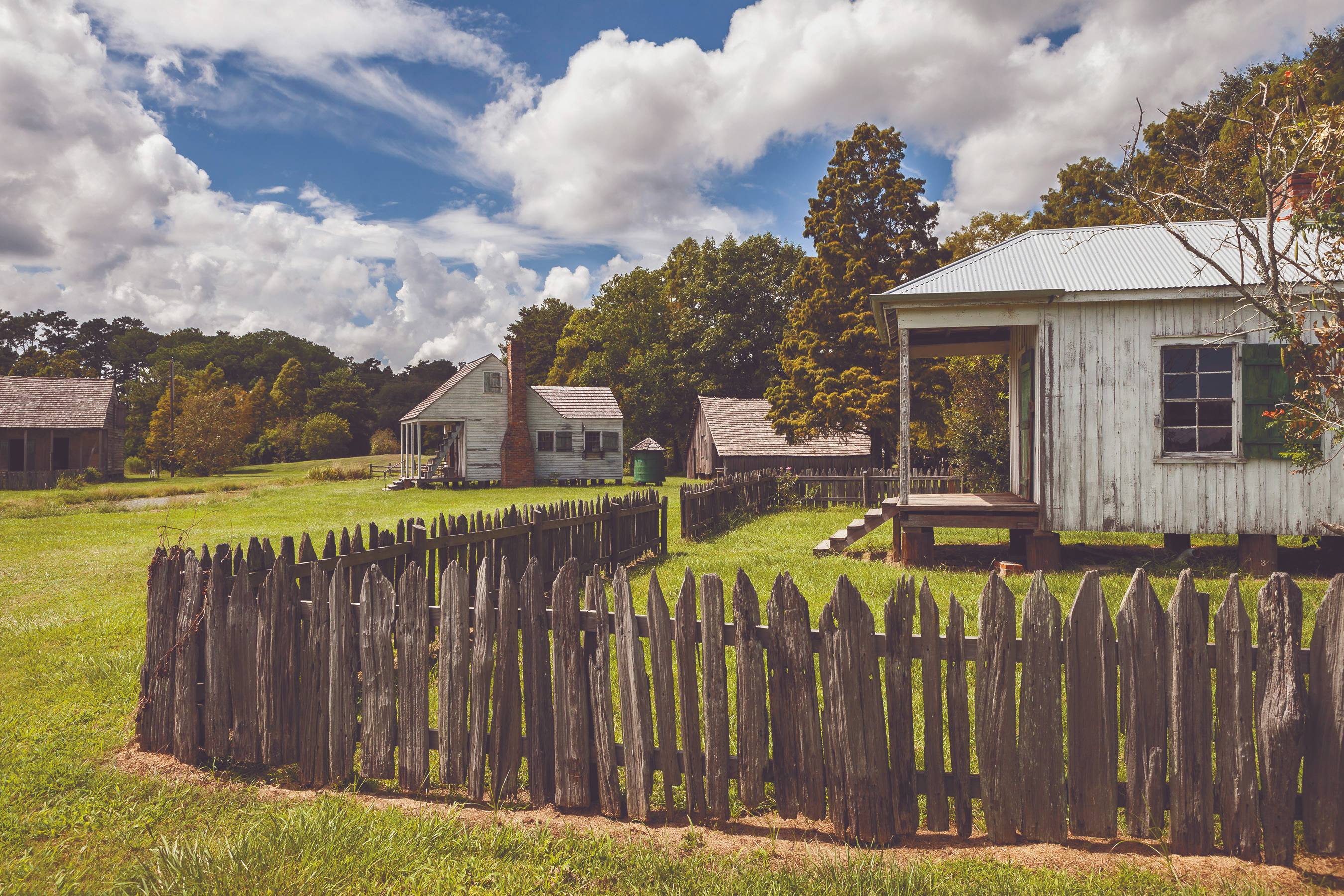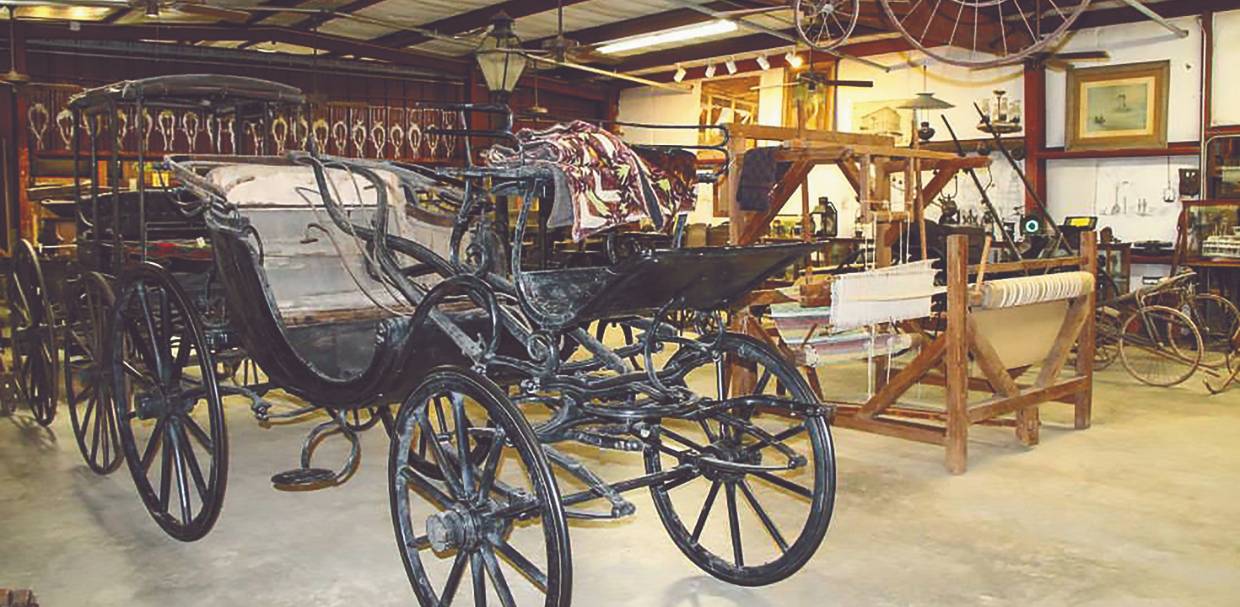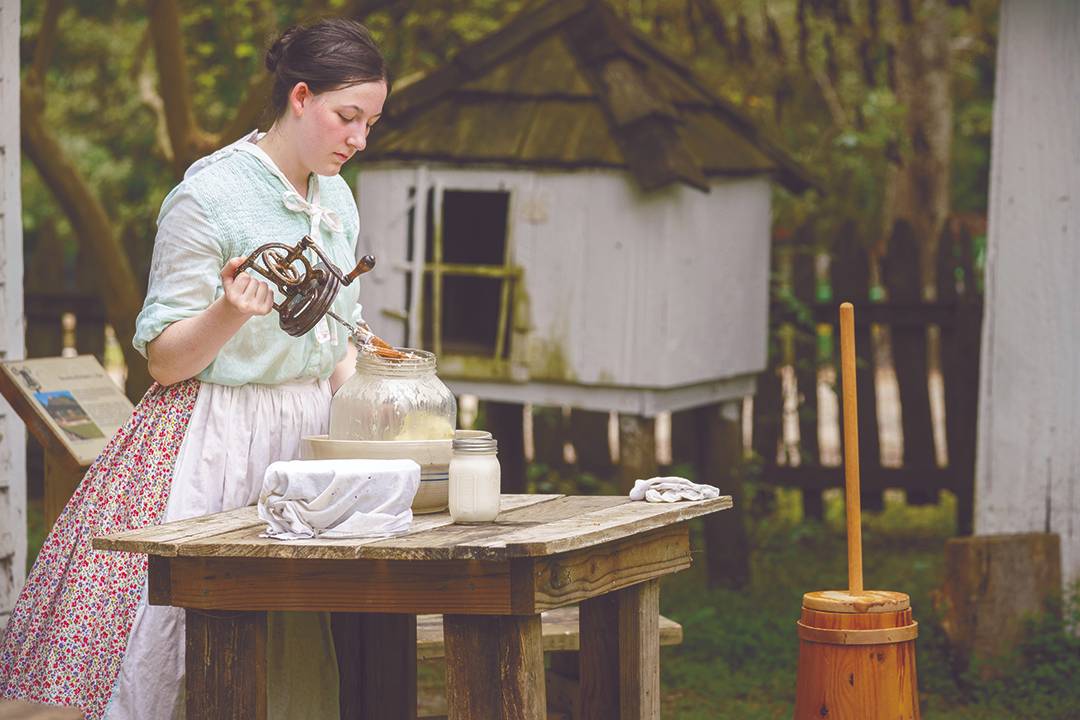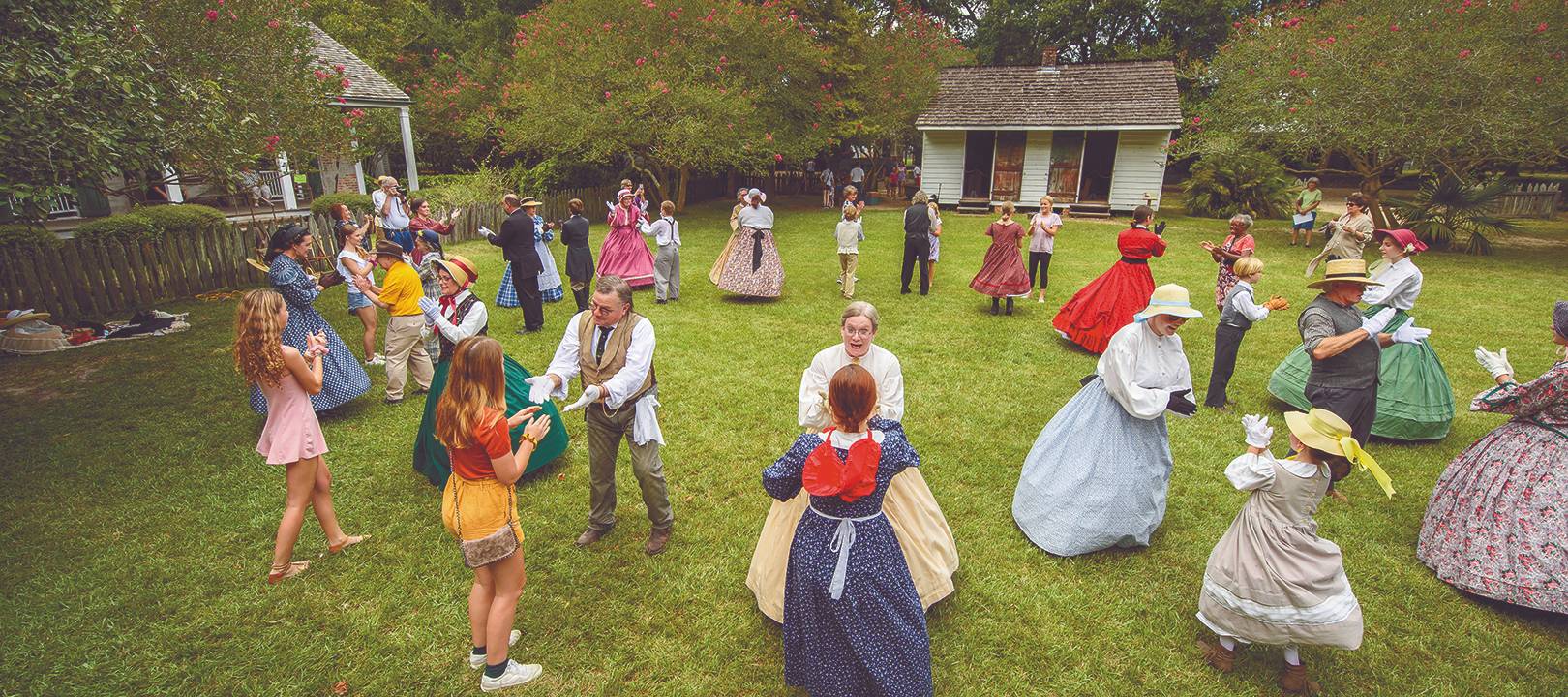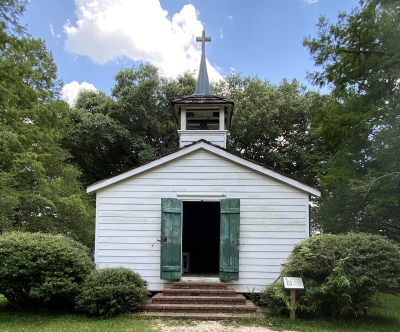Why is learning about history important, especially now?
Knowing our past and having a solid grasp of it, beyond names and dates, is the basis
of any understanding of the world in which we live. American history shows us there
are no perfect heroes, yet flawed people can do very extraordinary and positive things.
It also demonstrates how some of the most cherished aspects of our culture come from
tragic circumstances. The Acadian exile from Canada, the European settlement and American
expansion driving Native Americans from their ancestral lands, and the trans-Atlantic
slave trade were all causes of countless deaths and abuses. Yet, these tragic circumstances
also set the stage for the development of foods, music, and arts unique to Louisiana;
the culture that developed is one we look to with pride and gives us a deep sense
of community. It is not about glossing over the flawed nature of individuals or suggesting
the untold suffering was worth it so we can enjoy jazz and blues. Rather, it is about
coming to grips with the fact that all of history contributes to what and who we are
today. Ultimately, an understanding of history can humble and humanize ourselves and
others.
How has your past shaped who you are today?
Growing up in Portland, Michigan, I was always fascinated by my grandfathers and,
particularly, their stories from World War II. One, a career officer in the U.S. Army
would share personal stories intermixed with discussion of what his unit was doing
and the broader history of the war. All were tinged with a sense of purpose and duty.
My other grandfather joined the Navy after a war-related civilian project he was working
on ended. His recollections were markedly different and often relayed the humor, uncertainty,
and occasional chaos of being thrust into a large and growing military.
Essentially, I was presented with two perspectives on the war: one resembled The Longest
Day and the other, Catch-22. This taught me two simple lessons. First, perspective
shapes our understanding. It wasn’t like my grandfathers had vastly different world
views; however, their respective positions in the military gave them different frameworks
for understanding the war. Secondly, and more impactful to me, a broader understanding
of how we fit into a situation can provide context and meaning for our place in the
world. That notion has certainly shaped how I approach the lessons of history. Although
I did not realize it at the time, the beginning of my curiosity about history was
developed by having a close connection to people like my grandfathers, who were there
as history was being made. I saw how they could have very different perspectives on
the same historic period; this knowledge and experience influences me professionally
to strive to present history in a nuanced, textured, and holistic manner.
Tell us how you came to the LSU Rural Life Museum.
I attended Michigan State University before moving south in pursuit of my career in
museum administration. Ultimately, my wife and career opportunities brought me to
Baton Rouge. I like to say I’m “married” to Louisiana.
Luckily, I have a history teacher for a wife and a 9-year-old daughter with more curiosity
and intelligence than most her age. We are all afflicted with wanderlust and that
makes our travels and cultural adventure-seeking a joy for us all.
Prior to coming to Baton Rouge, I spent five years as the assistant director of the
McFaddin-Ward House in Beaumont, Texas.
Then, I was the division director over the Capitol Park Museum in Baton Rouge and
later served as the division director over all Louisiana State Museum sites outside
of New Orleans.
I became director of the LSU Rural Life Museum in July 2020 after spending two years
as the associate director.
|
